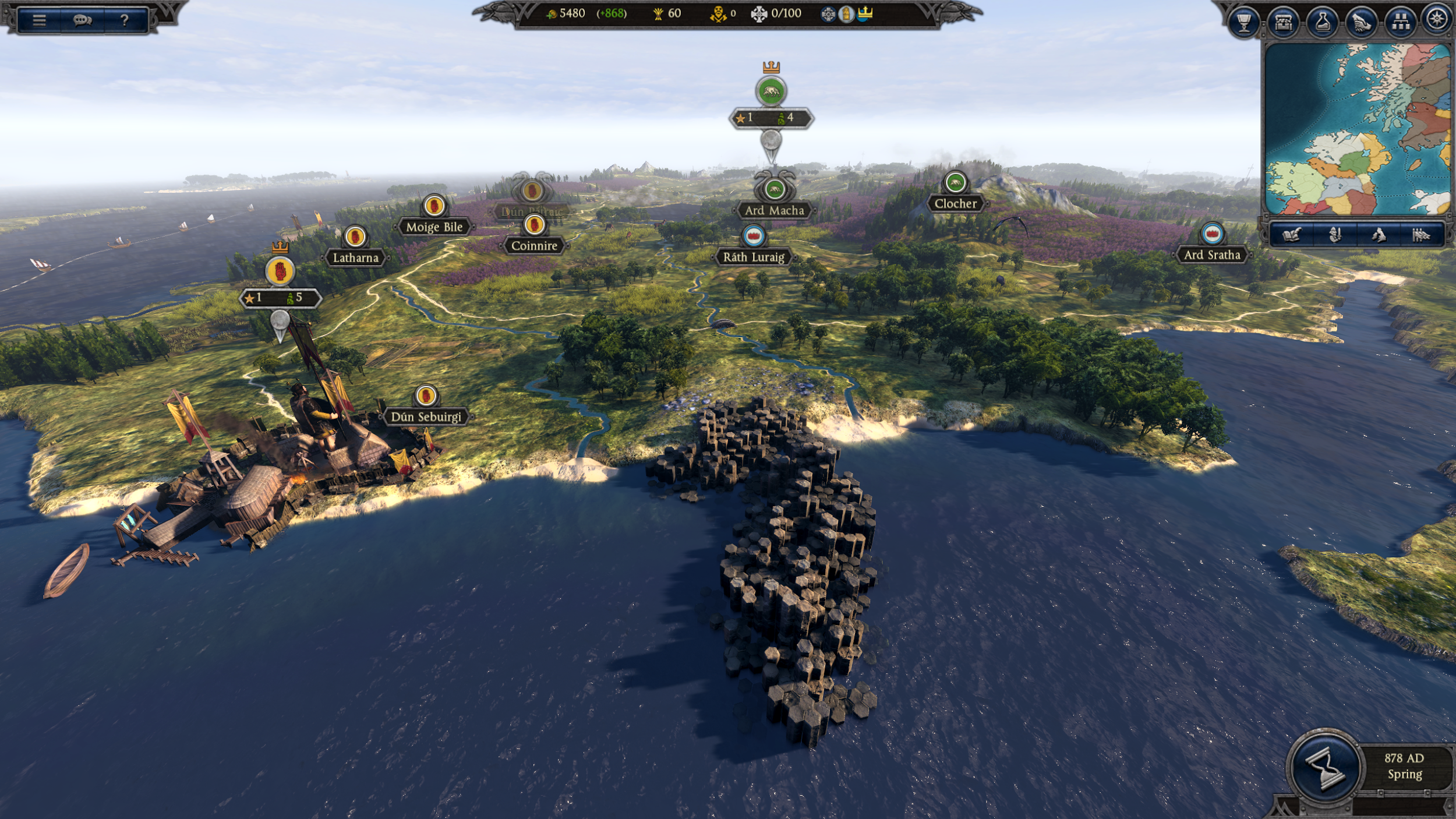

In Wales, king Rhodri the Great has died after uniting the lands, his territory divided amongst his sons who each look to follow in the footsteps of their father and rule as King of the Britons, but also deal with a resurgent Wessex. Alfred the Great has carved out a kingdom, but it’s still fragile, and lots of English lands lie under Viking rule. The Great Viking Army has settled in the old English kingdoms of Northumbria and East Anglia as well as the eastern half of Mercia, the areas that would become known as the Danelaw.

The Treaty of Wedmore, signed after the Battle of Edington in 878 AD, is a great time to jump into to look at answering those questions. What does that mean for agriculture, and the need to support armies all the time? What will later Viking raiders think of the ones who’ve already settled, will they look on them as brothers or treat them as another target? How do the different cultures cope in areas where they’ve merged together? The Great Heathen Army has been defeated, but the fighting hasn’t really stopped. This aftermath is as fascinating to me, if not more so, than the invasion itself as it’s here that the consequences play out. What happens after the invasion? How do countries and people pick themselves back up and adapt to the new reality they’re faced with? Total War: ATTILA and Total War: WARHAMMER both feature large invasions by marauding forces, as did the Viking Invasion expansion for Medieval: Total War, but they don’t delve into what comes next. But both of these to a degree are a start, a beginning of something, and I think what happens next is just as interesting. The first leads to the era of constant raiding of the coasts of Britain and Ireland, the second to their eventual settling in England after a lot of fighting.
#TOTAL WAR SAGA THRONES OF BRITANNIA LAUNCH SERIES#
Hello and welcome to the first in a series of blogs from lead developer Jack Lusted that will talk about the core decisions behind the design and direction of A Total War Saga: Thrones of Britannia.


 0 kommentar(er)
0 kommentar(er)
